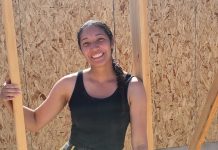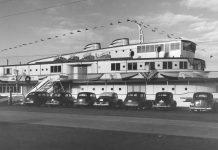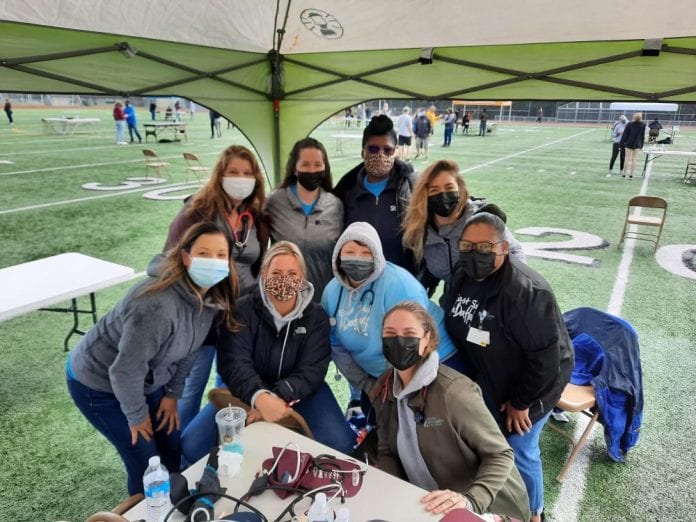
Of all the activities people missed during the pandemic, organized sports were near the top of the list for both players and fans. But now, sports are back and as the 2021/22 school year approaches, student-athletes are preparing to resume training. The sports medicine team at Olympia Orthopaedics Associates (OlyOrtho) covers high school and college athletics around the region, to help athletes stay in the game. Two of their Sports Medicine specialists share key considerations for parents and students as they ramp up for the fall season.
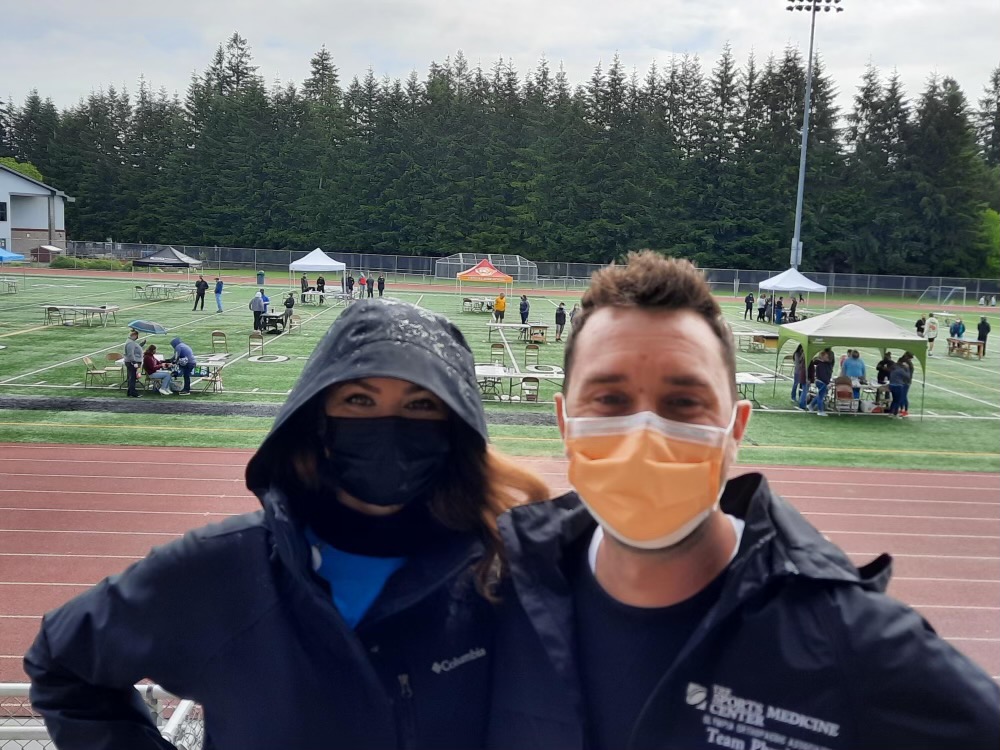
The first thing to bear in mind is that for over a year, students weren’t exercising at their normal levels, which means proceeding with caution is advisable. “A lot of these kids have not had the rigorous conditioning they would usually have with their sport,” says Dr. Leila Borders, a primary care sports medicine physician who covers Tumwater High School games. “Now they’re coming back, and they might be more prone to injury.”
Her colleague Dr. Dominic Femiano agrees. He covers games and competitions for Rochester High School, Saint Martin’s University and occasionally River Ridge High School. “It’s going to be very important to take the time to ease back into things,” he notes. “It may take a while to slowly ramp up to the level of conditioning and strength they were at before. If they try to return too quickly, they can create overuse injuries like stress fractures or tendonitis.”
To prevent such issues, coaches and parents should pay attention to students’ conditioning and take complaints about pain or discomfort seriously. They should also make sure that athletes are using proper technique, says Dr. Borders. “If you’re a weightlifter, you want to get back to the basics of making sure that your form is perfect and you’re not going to injure yourself,” she explains. “It’s the same thing with runners. Do the simple things like stretching those muscles that haven’t been used in a long time. Cross-training will also help to prevent injuries.”
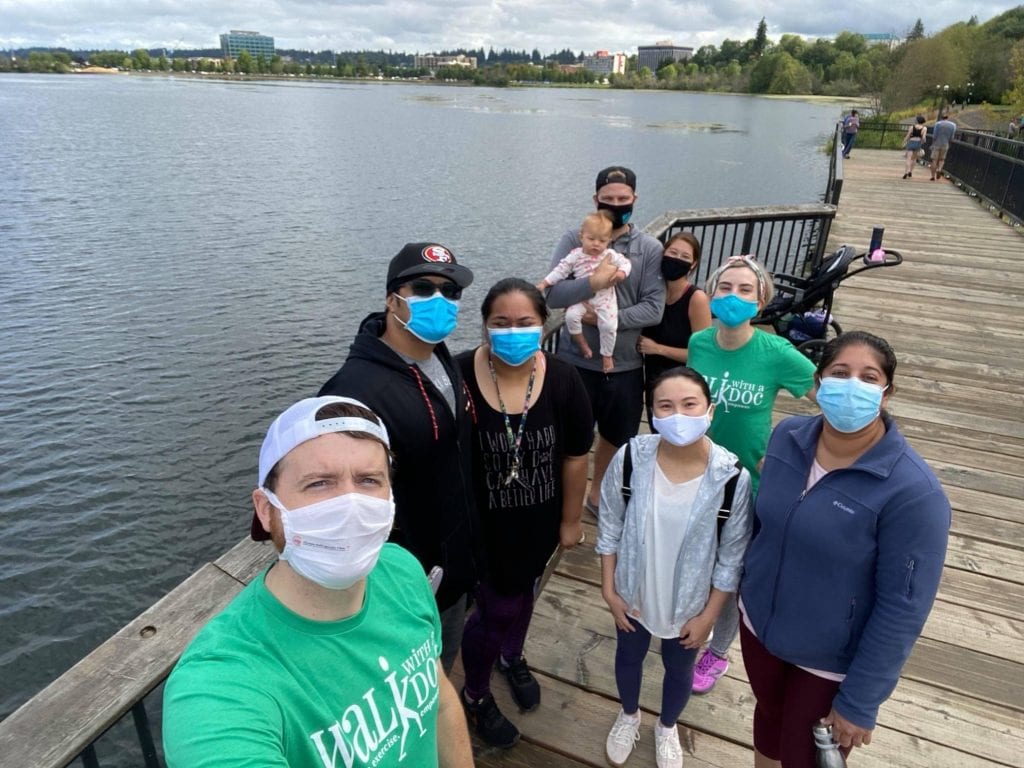
Then there are the perils posed by COVID-19 itself. The protocols change regularly, Dr. Femiano warns, so it’s important to stay abreast of current recommendations around masks and social distancing on the sidelines and in the stands as well as on the field. Protocols vary among sports, depending on their level of contact and whether they’re played indoors or outdoors. “Washington State provides a fairly detailed set of guidelines divided into different risk levels,” he says. “Those factors are going to dictate the degree to which masks are needed and how students can return to their sport.”
Dr. Femiano recommends the simple precaution of checking athletes for fevers and keeping a team log to track players’ temperatures and symptoms. For players who have had COVID-19 previously, stricter measures are necessary. Femiano advises families to work with a medical provider or pediatrician to ensure that it’s fully safe for the student to return to their sport.
One big concern for recovering athletes: the cardiovascular complications resulting from the virus. “There have been reports of athletes having cardiovascular damage after even mild or moderate cases,” says Dr. Borders. “We need to make sure that they’re screened appropriately, whether that’s with an outpatient EKG or evaluation. If they start to feel any symptoms, like they’re short of breath or they’re having chest pain, those are things we want to know about.”
Following protocols and taking effective safety measures is the quickest way to get kids back to the sports they love. From what Dr. Femiano has seen, families are chomping at the bit. “The overwhelming response from athletes and parents has been a sigh of relief,” he says, “along with a lot of excitement and happiness. They really want to reconnect with their teammates.”

Dr. Borders has observed a similar pattern. “Everyone is anxious to get back,” she says. “The camaraderie is important for these students. I’ve seen a lot of kids in the clinic for injuries and there is a big push to get back to playing. Nobody wants to sit at home and rehab for months. We’re just trying to get them back to playing safely.”
Aside from physical safety measures, she has one more piece of advice. “Understand that we’ve all been through this period that was very different than anything we’ve ever experienced,” she says. “As we go back to our original activities, some of these kids will need a little more attention. Be aware and have a bit of grace for everyone.”
Learn more about #LifeInMotion by visiting the Olympia Orthopaedic Associates website or calling 360.570.3460.
Sponsored

